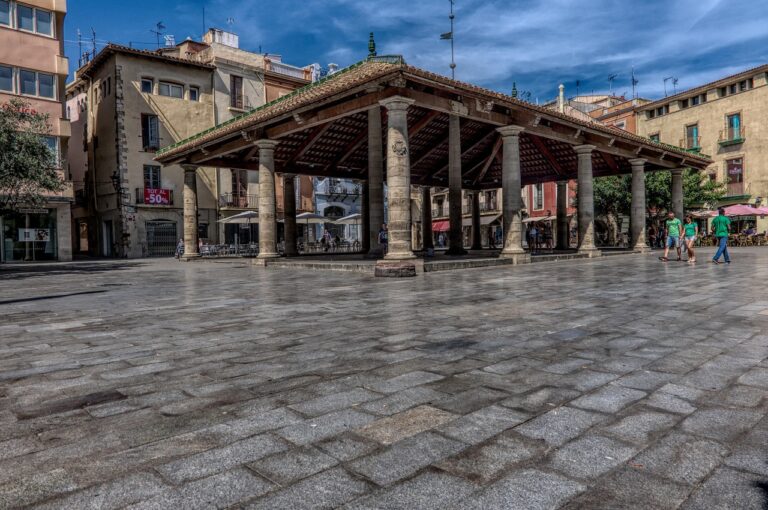The Evolution of Retail Pop-Up Shops: From Temporary to Tactical
Pop-up shops have evolved significantly over the years, starting as temporary retail spaces to create buzz and excitement around a brand or product launch. These temporary setups were initially seen as a way for businesses to test the market or reach new customers without the commitment of a long-term lease.
As the concept gained popularity, pop-up shops began to be utilized by established brands as a way to generate hype and control the narrative around their products. This shift in strategy led to a more strategic and thoughtful approach to setting up pop-up shops, with careful consideration given to location, timing, and overall experience for consumers.
Origins of Pop-Up Retail
Pop-up retail has a rich history that dates back to the early 2000s, with roots in the UK and US. The concept was born out of a need for brands to create buzz, test markets, and engage with customers in a new and unique way. The first pop-up shops were seen as temporary, spontaneous storefronts that could capture attention and drive sales in a short amount of time. These temporary retail spaces quickly gained popularity and caught the eye of both consumers and businesses looking to tap into the trend.
Over the years, pop-up retail has evolved from being a novelty concept to a strategic marketing tool used by established brands and startups alike. As the retail landscape continues to evolve with changing consumer behaviors and preferences, pop-up shops offer a flexible and innovative solution to reach customers in a more personalized and experiential manner. The origins of pop-up retail can be traced back to the need for businesses to adapt to the ever-changing market dynamics and find creative ways to stand out in a crowded marketplace.
• Pop-up retail originated in the early 2000s in the UK and US
• Initially created to generate buzz, test markets, and engage with customers in a unique way
• Seen as temporary storefronts that could drive sales quickly
• Evolved from a novelty concept to a strategic marketing tool for brands
• Offers flexibility and innovation to reach customers in a personalized manner
Pop-Up Shop Trends
Pop-up shops have become a prominent trend in the retail industry, offering brands a unique way to engage with customers in a more interactive and experiential manner. In recent years, we have seen an increase in the use of pop-up shops by established retailers looking to create buzz around new product launches or to test out new markets before committing to a permanent brick-and-mortar location.
One notable trend in pop-up shops is the focus on creating Instagrammable and shareable experiences for customers. Brands are incorporating elements such as photogenic installations, interactive displays, and immersive environments to not only attract foot traffic but also encourage visitors to share their experiences on social media. This shift towards creating visually appealing and memorable experiences has proven to be an effective strategy in generating buzz and driving brand awareness in today’s digital age.
What is the evolution of pop-up shops?
Pop-up shops have evolved from temporary retail spaces to experiential marketing tools used by brands to create buzz and engage with customers in a unique way.
What are the origins of pop-up retail?
Pop-up retail can be traced back to the early 2000s when brands started experimenting with temporary store concepts to test new markets, generate excitement, and create a sense of urgency among consumers.
What are some current pop-up shop trends?
Some current pop-up shop trends include collaborations between brands, use of technology to enhance the shopping experience, sustainability-focused pop-ups, and pop-ups that focus on providing immersive experiences for customers.





